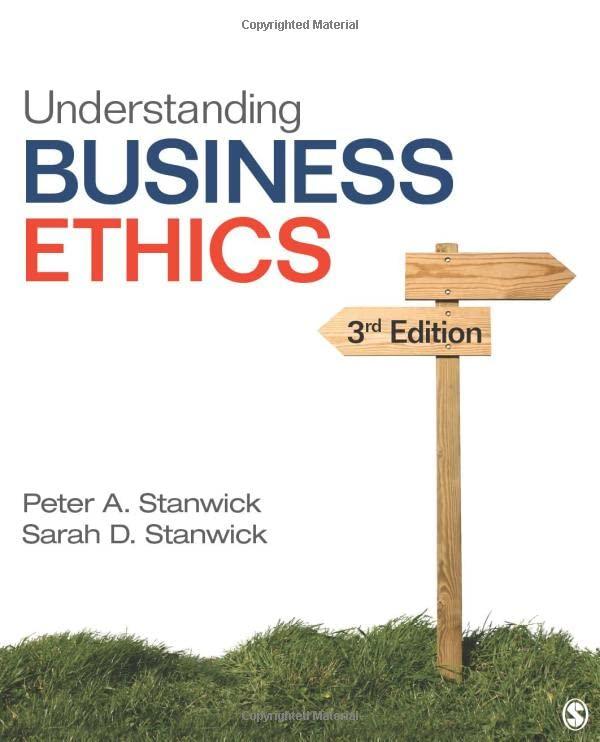Answered step by step
Verified Expert Solution
Question
1 Approved Answer
5. Purchase of advertising on credit. Bayshore receives a bill for $10,000 from the Daily News for advertising its grand opening, but it does

5. Purchase of advertising on credit. Bayshore receives a bill for $10,000 from the Daily News for advertising its grand opening, but it does not have to pay the newspaper for 30 days. The transaction results in an increase in liabilities (accounts payable) of $10,000 for the amount owed to the newspaper. The transaction also results in an increase in advertising expense, shown on the income statement. Since expenses are temporary accounts (like revenues), they are closed at the end of the accounting period and their value is transferred to the retained earnings (equity) account. Whereas revenues increase equity, expenses decrease equity. Thus, retained earnings is decreased by $10,000: Assets Cash Liabilities and Equity $ 800,000 Accounts payable $ 30,000 Accounts receivable 50,000 Supplies inventory 20,000 Common stock 1,000,000 Net fixed assets 200,000 Retained earnings 40,000 Total assets $1,070,000 Total liabilities $1,070,000 and equity Here, equity is reduced when expenses are incurred. When payment is made at a later date, both accounts payable and cash will decrease (see transaction 8), but there will be no effect on the expense itself. The expense has already been recorded and the amount must be retained in the records and reported to reflect the fact that the advertising cost was incurred. Advertising is an expense, as opposed to an asset (such as supplies inventory), because the benefits of the outlay have been immediately realized.
Step by Step Solution
There are 3 Steps involved in it
Step: 1

Get Instant Access to Expert-Tailored Solutions
See step-by-step solutions with expert insights and AI powered tools for academic success
Step: 2

Step: 3

Ace Your Homework with AI
Get the answers you need in no time with our AI-driven, step-by-step assistance
Get Started


